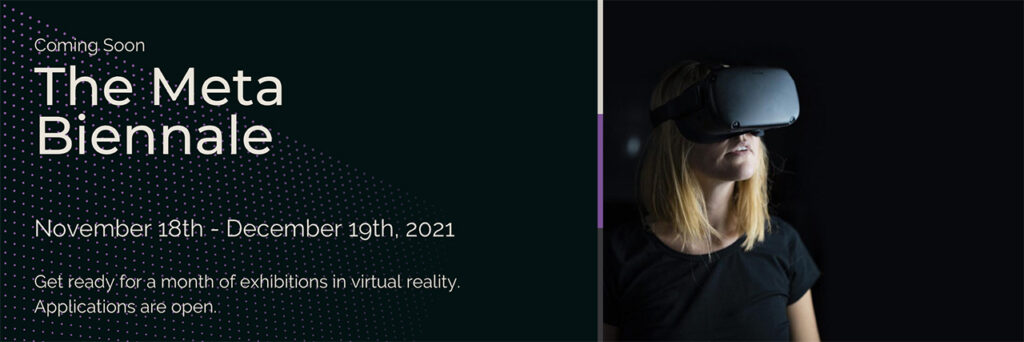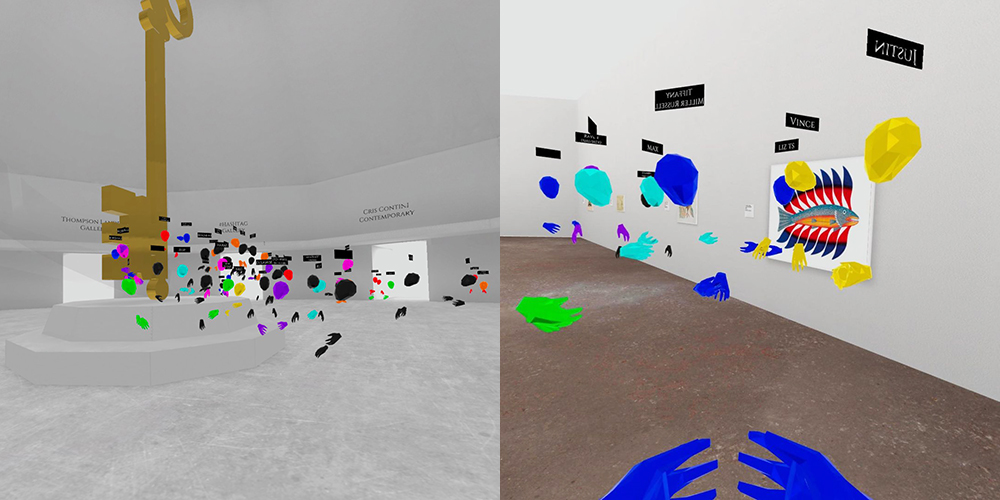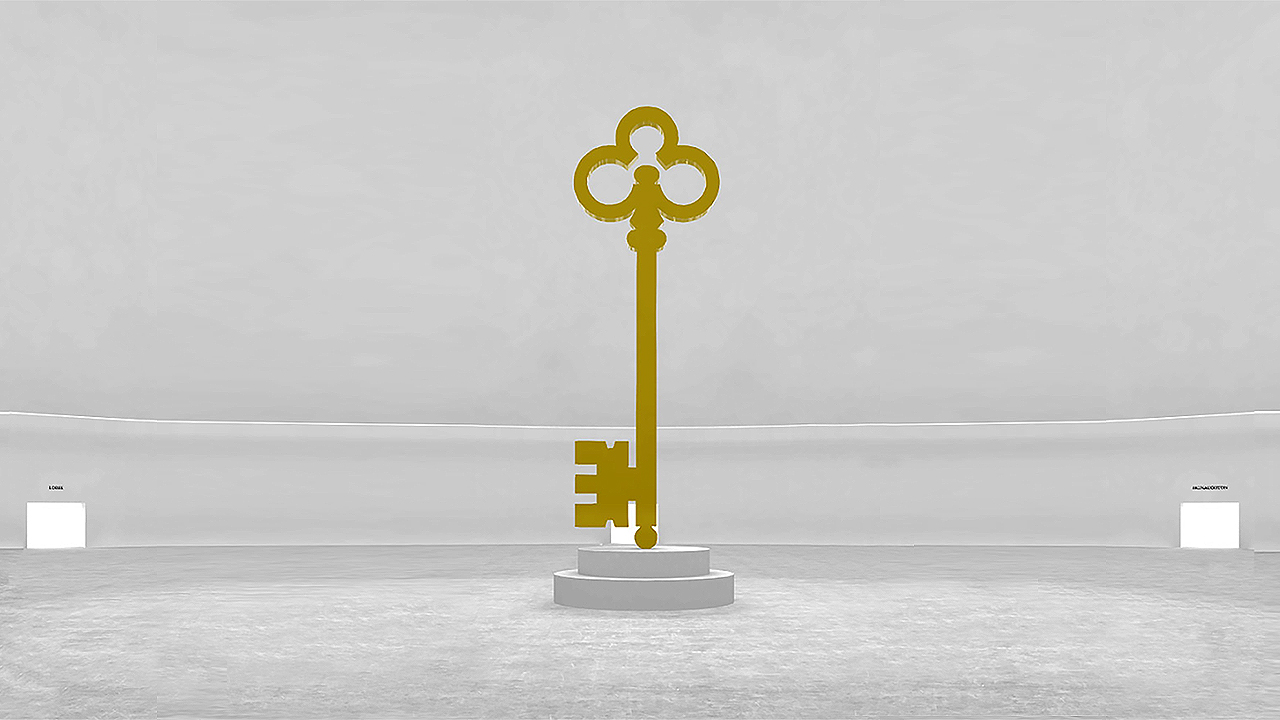The concept of the metaverse has quickly gained traction in the technological and cultural spheres as a new and wholly virtual realm where visitors can socialize, game, shop, and experience art. Where digital-first institutions such as the Museum of Crypto Art have long operated in the virtual environment, traditional cultural players have swiftly understood its potential: Sotheby’s has established a presence on Decentraland, while galleries including König Galerie and Kate Vass Galerie have staged exhibitions in virtual worlds.
The potential of the metaverse is not lost on Art Gate VR, the Canadian company that has long viewed virtual reality (VR) as the way forward for the art ecosystem. Its virtual art fairs have seen some 35,000 visitors over two years, while offering a vision of what the metaverse might hold for the cultural sector. And there’s more: set to grow Art Gate VR’s virtual footprint is its upcoming Meta Biennale, the first event of its kind to take place in the metaverse.

The monthlong fair will feature exhibitions, talks, networking events, and digital art that explores our interconnected future. Image: Art Gate VR
Taking place from November 18 to December 19, the fair will see artists, curators, galleries, and collectors gathering for a host of exhibitions, talks, and networking events. Open for 24 hours a day, seven days a week throughout its run, the Meta Biennale allows individuals across multiple time zones to join in — facilitating the kind of global accessibility promised by the metaverse.
“Everything is set up so that people can connect with other people,” Brendon McNaughton, Co-Founder and CEO of Art Gate VR, has said. “I’ve seen bloggers talking with dealers from different countries, they build a relationship, and based on that relationship, their artwork starts being shipped around the world.”

Visitors experience the Biennale using a VR headset and navigate the virtual environment as an avatar. Images: Art Gate VR
Much like past Art Gate VR events, participants enter the Meta Biennale using a VR headset and appear in the metaverse as an avatar, with which they can move between gallery spaces. Artists and art galleries are invited to submit their work or exhibitions to be featured at the event; in particular, the organizers are seeking cutting-edge projects that explore an interconnected future where the physical and virtual worlds are newly melded. For an event ungoverned by physical and geographical limitations, the Biennale represents opportunities to experiment with form and curation, but also cuts down on the operating and transportation costs normally chalked up by a physical art fair.
For McNaughton, the increased accessibility offered by a virtual event like the Meta Biennale presents a sustainable and ultimately, enticing harbinger of art fair futures to come. “In VR, you have more foot traffic from collectors all over the world at a fraction of the cost,” he told Jing Culture & Commerce. “It’s a no-brainer.”



